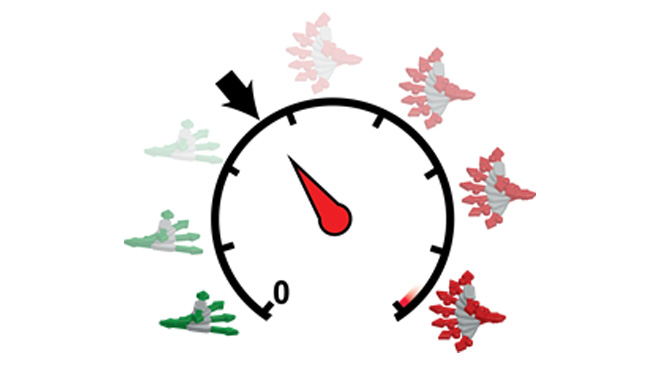Researchers from the University of Strasbourg have shown that artificial supramolecular fibers can be kept in sustained non-equilibrium steady states, similar to a car driving on cruise control. In living systems, chemical fuel is used continuously and waste is removed at the same time. A similar feat was now achieved in an artificial system using a 3D printed reactor, where fibers assemble and disassemble continuously. This work opens avenues to obtain more life-like artificial systems in the futures. The results have been published in Nature Communications.
Living beings need to eat and breathe the whole time, and excrete accumulated waste regularly in order to stay in balance. This balance is not to be confused with equilibrium, since at the thermodynamic equilibrium life cannot exist. In recent years, researchers in the field of supramolecular chemistry have developed a number of systems that can be out-of-equilibrium for a short period of time.
Now researchers from the Institut de Science et d’Ingénierie Supramoléculaires and the University of Strasbourg have demonstrated that an artificial self-assembling system can be kept out-of-equilibrium for very long periods of time. They developed a molecule that can form fibers spontaneously through self-assembly. The molecule can be activated by an enzyme resulting in longer fibers. This specific enzyme needs adenosine triphosphate or ATP, one of the main energy sources in living systems, to operate. A second enzyme can bring the molecule back to its original state. By enclosing the entire system of molecules and enzymes in a membrane reactor, a situation similar to a single cell is formed. That is, inside the cell a membrane holds all cellular components together, whereas fuel like ATP and waste can pass through the membrane. The researchers used a similar approach and were able to add ATP to their system and remove waste at the same time. The result is that a steady-state or balance situation is obtained, which is sustained for as long as desired. A suitable analogy is a driving car where the combustion engine continuously consumes fuel and releases waste gasses in order to maintain the speed set by the cruise control. Overall, the work opens new ways to keep artificial systems in more life-like out-of-equilibrium states, which brings materials capable of complex functions one step closer.
Reference:
A.Sorrenti, J.Leira-Iglesias, A.Sato, T.M.Hermans*, Nature Communications 2017, 8:15899, Non-equilibrium steady-states in supramolecular polymerization (link).

